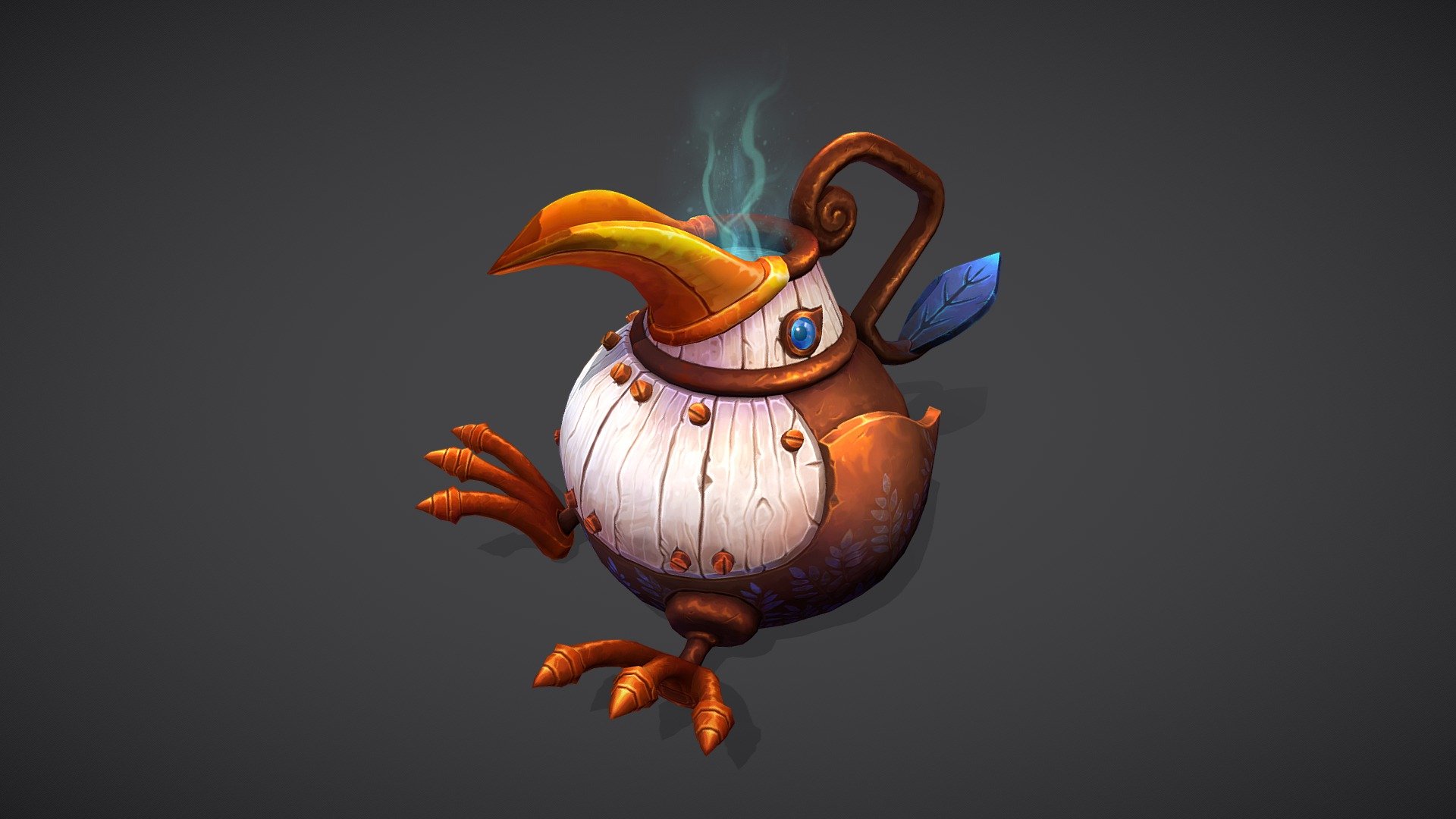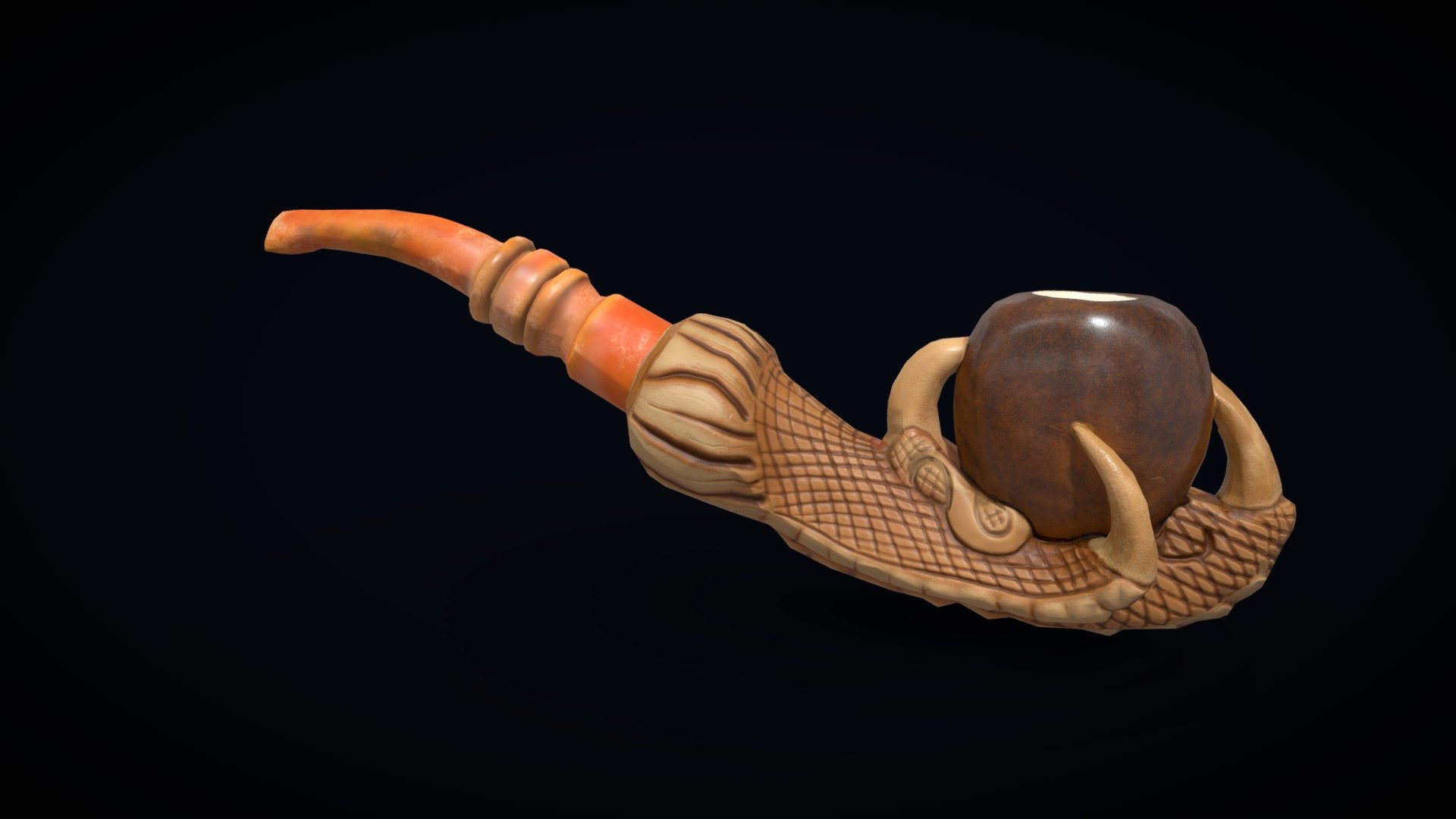
In an ideal scene or image, you aim to align elements of the shot with the blocks (and these elements can be empty space). It states, in short, that you should aim to divide your image (or canvas) into 9 quadrants (3 columns split by two rows to create 9 blocks). One of the simplest rules of photography centers around the Rule of Thirds. It’s not lost on me that many artists, my self included, don’t know the basics of photography. Next week we’ll go over a few of the different art platforms that are available for showcasing your art. In this article, we’re going to look at a few tips for taking beautiful screenshots, presenting interactive models, weather or not you should post texture flats and wire-frames.

If your work looks good or is displayed in a way that makes it easy for others to judge your proficiency, you’ll have a much greater chance of getting that call back from your dream studio (or perhaps just that job you really need). From the basics of photography and lighting to knowing what technical aspects you should display for props, to what platforms to host on, knowing how and where to display your work is important. It’s important to display your work in the best light you can. Marmoset Viewer can be configured in a few ways to better composite into certain pages and web applications.I will be using screenshot and render interchangeably. Calls to fetchThumbnail will fail if the hosting server does not support these protocols. This depends on successful use of the “Accept-Ranges” and “Content-Length” HTTP headers. Thumbnail fetching will only transfer a small subset of the data in the mview package (on the order of 64 KB per request), so this call can be made efficiently many times per page. You may find it necessary to clip or resize the image yourself once it is fetched, depending on your needs. Typically they are rendered with a wide field of view to a wide aspect ratio, to allow them to cleanly clip horizontally for a variety of sizes. Thumbnail image resolutions may vary somewhat, depending on when the mview package was exported. If “img” is null or undefined, a new Image object will be created. The final parameter, “img”, is an optional Image object into which the thumbnail will be placed. The onError callback may be null or undefined if you don’t wish to use it. The third parameter, “onError”, is another callback that is run if the thumbnail fetch fails for any reason. The second parameter, “onLoad”, is a callback function which will run once the image is successfully loaded (it will be passed the resulting Image object). The first is simply the URL to the mview package from which the thumbnail image is to be fetched. This function takes four parameters, the last two of which are optional. One can create viewer instances without attaching them to the document by simply allocating a new WebViewer: Marmoset Viewer can also be used directly, without use of the embed utility, for greater control. For best results, ensure that the given URL will not cause a cross-origin conflict. If supplied, this image URL will be used for the load screen instead of the thumbnail extracted from the mview file. Useful for creating a simple, decent-looking presentation without having to construct a page yourself.ĭefault = none.
Marmoset toolbag viewer to sketchfab full#
When enabled, constructs a full standalone web page around the viewer, with a resizable frame. This setting is ignored when the “pagePreset” option is enabled.ĭefault = false. When enabled, stretches the viewer rectangle to fill the available frame (the containing window or iframe).


Leaving this disabled can save bandwidth and page load time.ĭefault = false.

Starts the viewer loading process immediately upon load (user doesn’t have to press the play button). This setting is ignored in full frame mode.ĭefault = false. This setting is ignored in full frame mode.ĭefault = 600. These members are as follows: Typeĭefault = 800. The second parameter to embed() is a javascript object with several optional members present. A WebViewer instance is returned (see also the “Direct Creation” section below). Depending on the options present in paramObject, the rest of the document may also be further formatted. When successful, embed() will append a viewer instance to the document body through a call to appendChild.


 0 kommentar(er)
0 kommentar(er)
